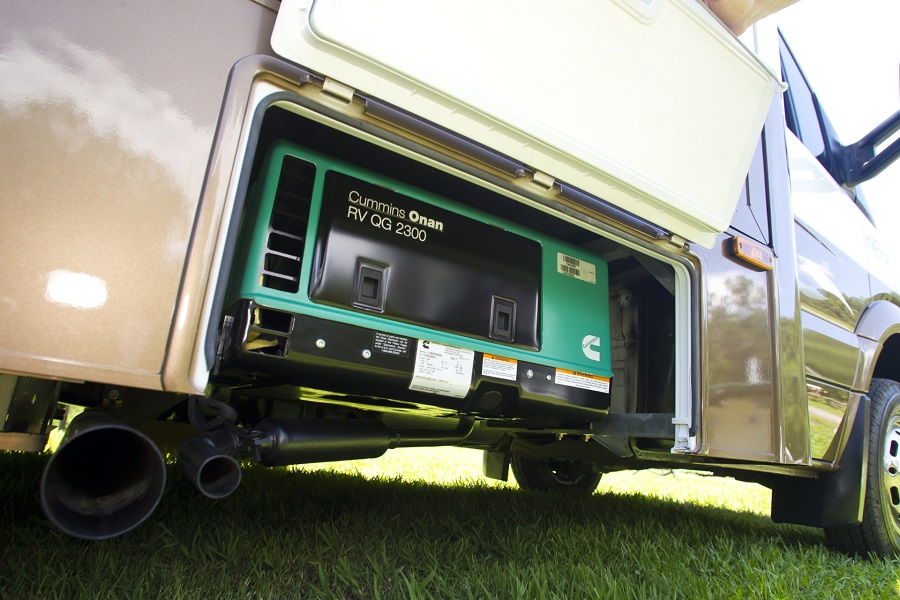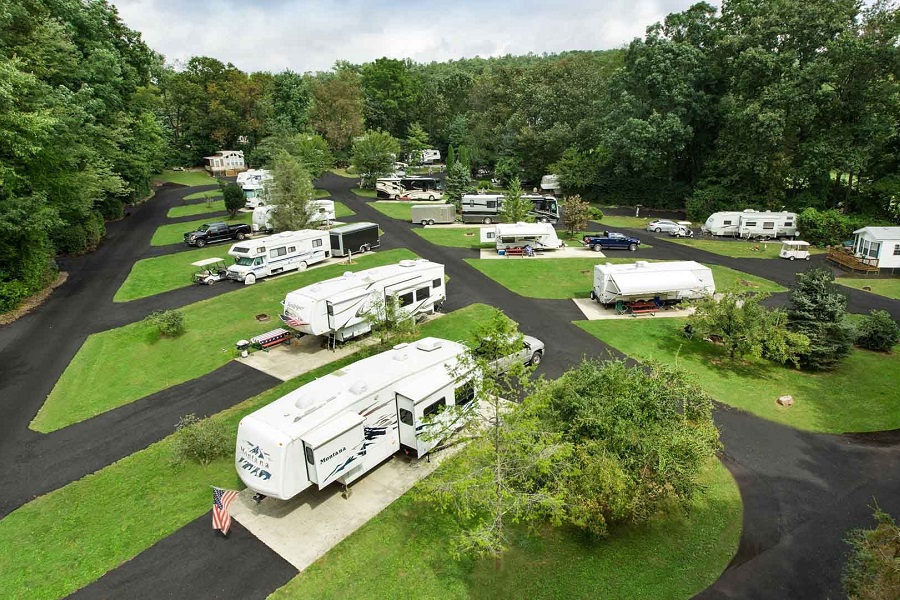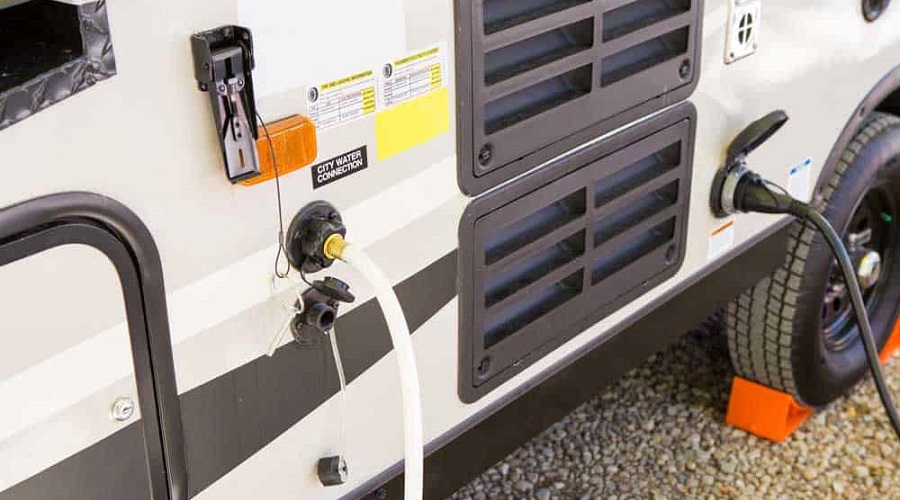Traveling across the great U.S. is the dream of many people.The thought of the freedom you will enjoy driving around in a self-sufficient home on wheels and seeing new places and experiencing new worlds is an absolute thrill.Choosing between a Class A vs. Class C motor-home is a huge deciding factor on whether you wish to make travel a part-time or a full-time pursuit.
You may base your choice on finances, luxury, or basic needs, but whichever motor-home you’re after–you need to first read through this article to understand your options better
What is a class A motor-home?
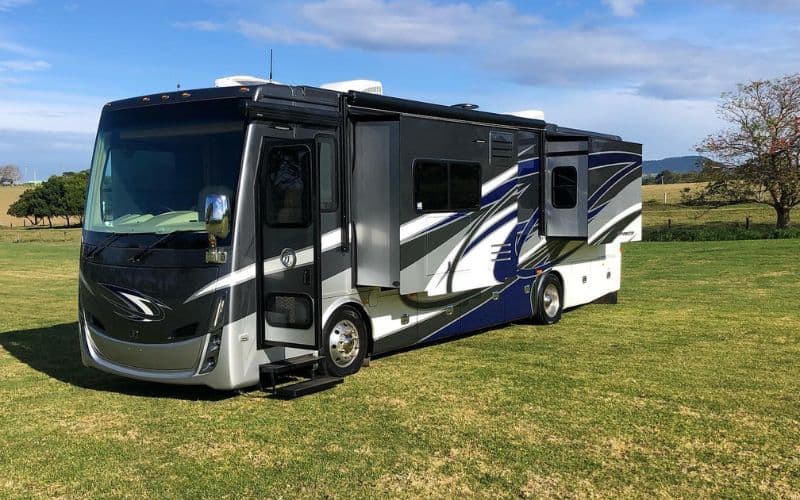
If you’re heading for retirement, already there, or simply revel in exploring your country, your motor-home should provide you with all the creature comforts you need.
If budget is no problem, you may want to consider the superior luxury of the Class A motor-home.
When you want to know how to recognize the difference between a Class A vs. Class C motor-home, it’s simple–the Class A is huge. The Class A motor-home looks like a Rockstar tour bus. It has all the contemporary luxuries that many people wish they had or do have at home.
Experts use a massive chassis to construct the Class A RV, such as a bus or large truck. Once you start looking for your perfect RV and open discussions about purchasing a Class A motor-home, you will probably end up customizing it to suit your needs.
The typical Class A RV is synonymous with luxury. You will be able to fit a large family into one of these motor-homes and school your children on the road if necessary. Class A motor-homes often have a separate master bedroom suite, a bathroom on suite, and other luxurious amenities.
There is plenty of space in these massive vehicles for sleeping space. These vehicles have a sitting room, extra bathroom, and kitchen. Additionally, you can customize the RV to erect an outdoor covered area connected to the RV. This facility is an extension of the motor-home, enabling you to enjoy the great outdoors from a protected space.
Take your time when shopping around for an RV. There are many pros and cons when it comes to purchasing decisions between the Class A vs. Class C motor-home, and you should know what you’re getting yourself into before parting with your cash.
What is a class C motor-home?
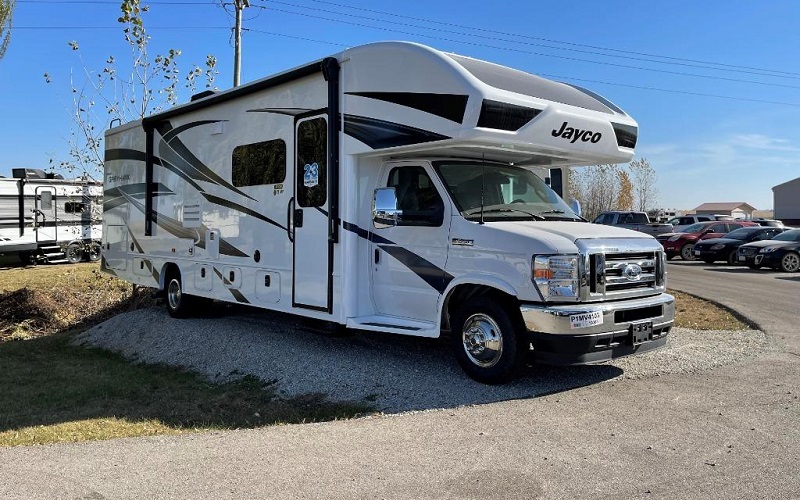
Looking at the options with Class A vs. Class C, it is immediately apparent what are the primary differences.
The Class C motor-home is significantly smaller, and consequently, less luxurious. With the Class C RV, you get decent space and the amenities you need to survive. You have sleeping space for several people, a simple bathroom, a small kitchen, and seating space, and the vehicle is easy to drive, maneuver and park.
The Class C RV falls between the A and B classes and usually uses a van or truck chassis as its foundation. The driving cabin has a sleeping overhang attached to the rest of the RV, which is a convenient sleeping or storage space.
If you want the ideal vacation getaway vehicle to travel to beautiful spaces without the responsibility of weight, size, and expensive fuel bills–this is it. The Class A vs. Class C motor-home is incomparable when it comes to fuel usage, with the Class C being much more fuel-efficient.
Where the Class A motor-home can be challenging to maneuver and fit into vacation spots, the Class C is much more easily maneuverable. And you will easily find space at your favorite vacation spot to park the Class C RV, which is not always possible with the Class A motor-home.
Even though the Class C RV is much smaller than the Class A, don’t expect to park it in your garage. Unless you plan on building an oversized garage, you will still need to park your Class C motor-home outside.
Purchase a large tarp to protect this motor-home when parked for months, or customize a covering to protect this vehicle, as it is still larger than the Class B motor-home. Unless you have ample outdoor space at home, you may even have to park your Class C motor-home on the street.
Fortunately, you can customize both Class A and Class C motor-homes as you wish, within specific parameters. But let’s look at a comparison between the Class A vs. Class C motor-homes before rushing out to purchase either of these RVs to start your new adventure.
Comparison
Weigh the pros and cons when selecting a Class A vs. Class C motor-home when you begin shopping.
As alluring as the Class A RV is, it has its drawbacks. Of course, the Class A and Class C motor-homes have many pros and cons. Which of these benefits and disadvantages match your lifestyle mostly depends on your budget.
Beyond the pricing differences between the Class A vs. Class C motor-homes, travel enthusiasts weigh many other issues. Ease of driving, finding vacation spots, fuel costs, and lifestyle needs feature into purchasing decisions.
This comparison list will help make the right choice for you between these two RV types. Plotting the similarities and differences of these two classes of motorhomes makes choosing one over the other an easier task. After exploring this section, the article further explores which one will suit you the most.
Similarities
The Class A vs. Class C motor-homes have fewer similarities than differences, despite both being designed for touring or traveling.
Browse through these similarities to appreciate how alike these vehicles are despite their size differences. Then, move on to reading through their differences before mulling over which RV is appropriate for your traveling ambitions.
1. Amenities
In discussing the amenities of Class A vs. Class C motor-homes, both vehicles have all the amenities you need when on the road. You have space to sleep, cook, bathe, eat, and relax in both vehicles, and both have storage space.
2. Extra vehicles
Both these RVs can either store or tow an extra vehicle for doing errands or enjoying the sites wherever you choose to park. Having a smaller vehicle to move around is an absolute must-have with these RVs, as their size makes it challenging to navigate small roads.
3. Storing your motor-home
Mostly, it is impossible to park either of these vehicles undercover at home. They are too large to fit in conventional garages, and many homes lack the space to store them on the property.
You can overcome this challenge by making your motor-home your permanent home, but not everyone is willing to take this step.
4. Driving and parking
Class A motor-homes are more challenging to drive and park due to their sheer size. The size of this motorhome can be limiting in finding vacation spots to park the vehicle. Still, they make up for these limitations by storing a smaller car for general sightseeing and grocery purchases.
The Class C RV is much smaller to park and more accessible to drive than its big brother but is still somewhat difficult to drive and park because of its size.
Differences
The primary differences between the Class A and Class C motor-homes revolve around their cost.
Beyond pricing, the weight, size, fuel consumption, sleeping space, and other luxuries can also differ meaningfully. Also, these two vehicles’ driving and parking features vary, which impacts their convenience of use.
1. Price
The substantial differences will immediately strike anyone investigating the prices of Class A vs. Class C motorhomes. Class A motorhomes range between $50,000 to $200,000 and higher, depending on the extent of luxury amenities you desire to add.
In contrast, the Class C RV price varies between $50,000 and $100,000. With a little research, you may find a second-hand motorhome in good condition for a much lower price.
2. Weight and size
There are vast variances in their size and weight when discussing the Class A vs. Class C RVs. The Class A motor-home ranges between 26 and 45 feet, whereas the Class C RV is typically between 26 and 45 feet long.
The Class A motor-home usually weighs between 13,000 to 30,000 lbs. and the Class C between 10,000 and 13,000 lbs.
These weight and size differences are pretty extreme, which gives potential buyers a good idea of just how different these motor-homes can be.
3. Fuel consumption
Looking at the size and weight variations between the Class A vs. Class C motor-homes, it is apparent that their fuel consumption will also differ significantly.
The average fuel consumption of the Class A motor-home is around 7-13 mpg, and the Class C RV averages a rate of between 14-18 mpg.
4. Sleeping space
The larger Class A motor-homes can sleep up to 12 people, whereas the Class C RV has sleeping space for seven people.
However, you can purchase smaller Class A RVs and larger Class C motor-homes. Which one you select will determine how many people can sleep in the motorhome.
5. Luxury additions
Extra luxuries in the Class A motor-home include storage space for vehicles, boats, quad bikes, and similar toys. The Class C RV just doesn’t have room for these extras.
Although both motor-homes can tow extra vehicles or trailers, the Class A RV comes out tops due to its storage space onboard for additional vehicles.
Also, because of the sheer size of the Class A motor-home, it can accommodate more sumptuous luxuries. Bigger kitchens, extra bathrooms, spacious sitting, and dining room areas are not uncommon in the Class A motor-home.
While the Class C motor-home has space for sleeping, eating, cooking, bathing, and resting, these amenities are simply not as luxurious as those found in the Class A RV.
Which one should I choose?

Choose the motor-home that syncs with your lifestyle needs. While the Class A RV is incredibly luxurious and contains almost every home amenity, this may be overkill for those who enjoy living a minimalist lifestyle close to nature.
If you prefer having a television, washer and dryer, entertainment center, large refrigerator, and king-size beds, and spacious bathrooms and living areas, the Class A motor-home is perfect. The Class A motor-home also allows you to take a boat, car, and jet skis, or other toys with you to enjoy nature in style or play in lakes or oceans.
Driving a Class C motor-home has many essential amenities and space, and you can tow a small car or boat behind the vehicle. When you want to get closer to nature without the trappings of the city, this vehicle is more suitable. You have less luxury to support your vacation, but you also get to live a simpler life.
When you need a budget-friendly motor-home concerning the initial capital outlay and running costs, the Class C motor-home is a winner. Unlike the Class A motor-home, the Class C RV is much more affordable to purchase and keep on the road due to its better fuel consumption.
Even if money isn’t an issue, the Class C RV embodies a more leisurely lifestyle.
Of course, if you want all the luxuries on the road and once you reach your destination, the Class A motor-home comes out tops. You will sleep in comfort, cook, eat, play, and relax with every possible luxury. If a luxurious life on the road is your dream and is one that you can afford, the Class A motor-home rises to meet expectations.
The only way to choose between the Class A vs. Class C motor-homes is to do your homework. Balance budgets against the luxury or minimalist lifestyle and ease of driving and parking, and you will probably arrive at a decision relatively quickly.
Conclusion
Whichever motor-home you decide on, both the Class A and Class C options offer a comfortable roof over your head.
Both vehicles provide a means of getting from point A to point Z. Both RVs provide the opportunity to explore the country at your leisure.
Choose the vehicle that supports the life of rest, recreation, exploration, and adventure that has always been a part of your dreams.
Resources:

